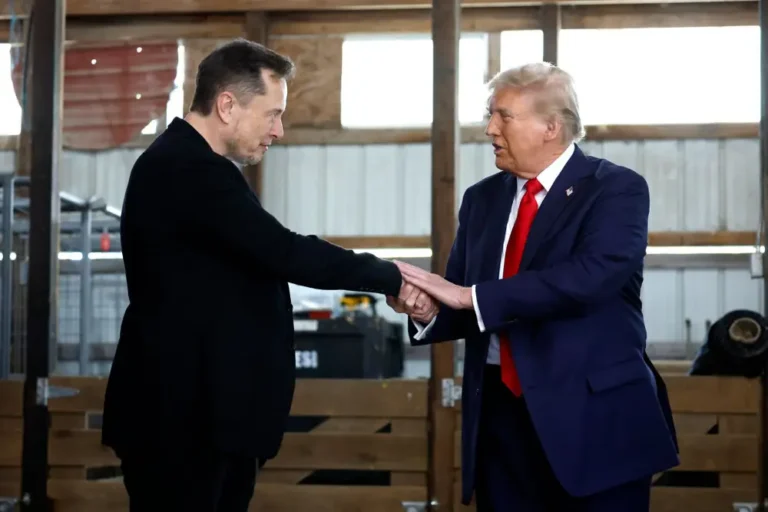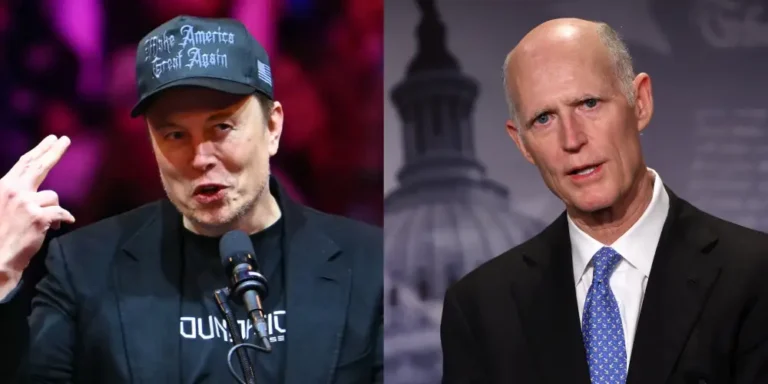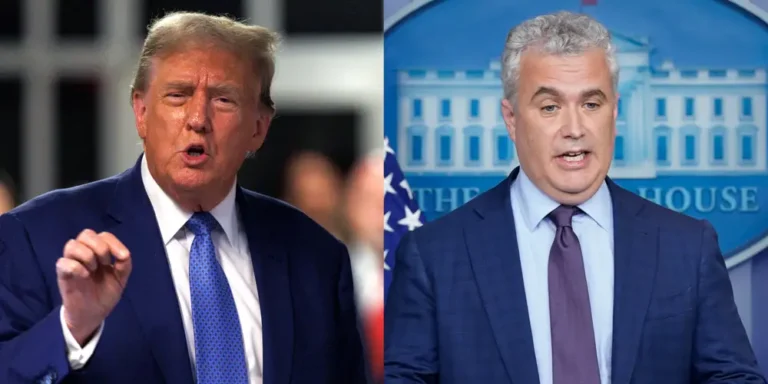Xi undercut the West by negotiating a truce in China’s long feud with India
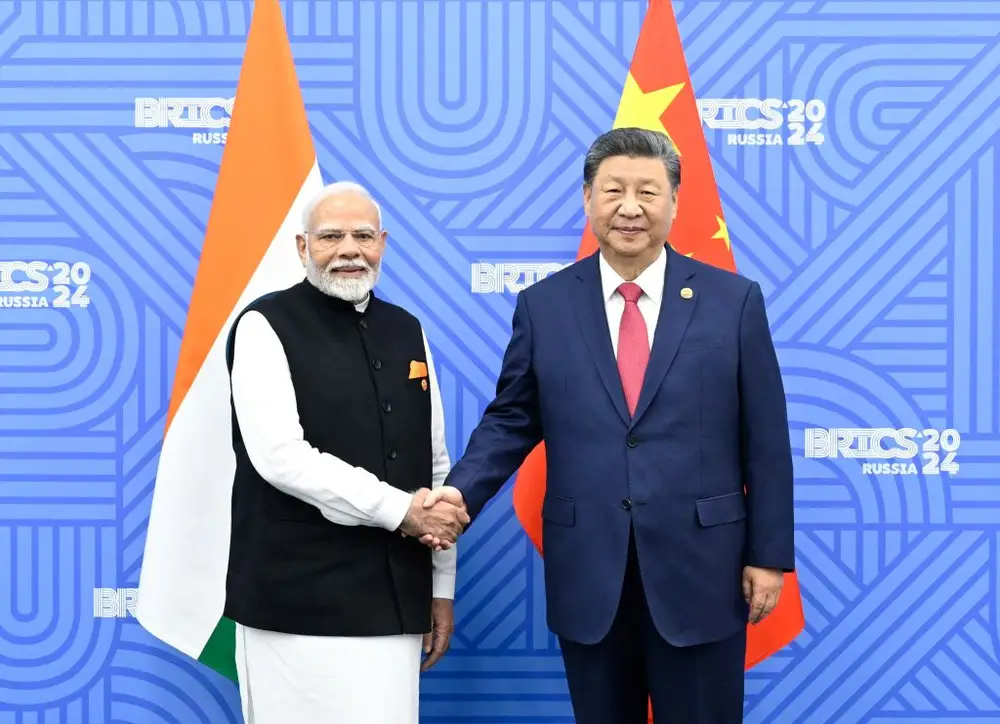
Chinese President Xi Jinping and Indian Prime Minister Narendra Modi on the sidelines of the BRICS Summit.
At the BRICS summit in Russia this week, China’s leader Xi Jinping and India’s Prime Minister Narendra Modi shook hands for the first time in five years.
The symbolic moment came after a deal was struck to resolve a long-standing feud between the Asian superpowers.
In the lead-up to the summit, the countries announced they had reached a patrolling agreement that would reduce tensions along a disputed Himalayan border.
The dispute had led to deadly hand-to-hand combat in recent years, taking the lives of 20 Indian troops and at least four Chinese soldiers.
After their meeting at the summit hosted by Russia’s President Vladimir Putin, Xi and Modi said they would continue discussions on resolving the issue.
A setback for the US
Some analysts believe it is a development that’s unlikely to be welcomed in Washington, DC.
The US has sought to recruit India to help it contain China’s growing regional aggression alongside other members of the Quadrilateral Security Dialogue, a security pact that also includes Japan and Australia.
“So definitely, this is a setback for the United States of America’s Indo-Pacific outlook, given the kind of rapprochement we are seeing in India-China relations, and particularly India, China and Russia coming together,” Jagannath Panda, head of the Stockholm Center for South Asian and Indo-Pacific Affairs, told B-17.
“Putin, Xi, and Modi meeting definitely signals that there is a kind of understanding under the carpet that has happened, which is quite subtle,” he said.
It’s an assessment echoed by Zhiqun Zhu, professor of political science and international affairs at Bucknell University.
“The thaw in India-China relations is a boon to both countries. This is particularly significant for China because India may now be less inclined to confront Beijing as part of Quad,” Zhu told Voice of America. “In this sense, the effectiveness of Quad would be diluted with a less enthusiastic India.”
Competition between Asia’s rival powers intensifies
Tensions have been building between China and India for years.
As the two biggest economies in Asia, the countries have long jostled for regional power, with the dispute over the Himalayan border a flashpoint that led to clashes in 2020, 2021, and 2022.
Amid the stand-off, Chinese vessels have reportedly surveilled the Indian Ocean in what experts told Reuters was a likely intelligence-gathering operation, while India has strengthened its security ties with China’s chief global rival, the US.
In 2017 India played a key role in restarting the Quad, an alliance designed as a bulwark against growing Chinese influence and aggression in the Asia-Pacific region.
But India has long sought to balance its relationship with rival superpowers the US and China, and does not at this point want to tie itself too closely to either side, say analysts.
In addition to being a member of the Quad Alliance, it is a founding member of the BRICS, an association of non-Western economies that China has sought to transform into an alternative global economic power base to the US.
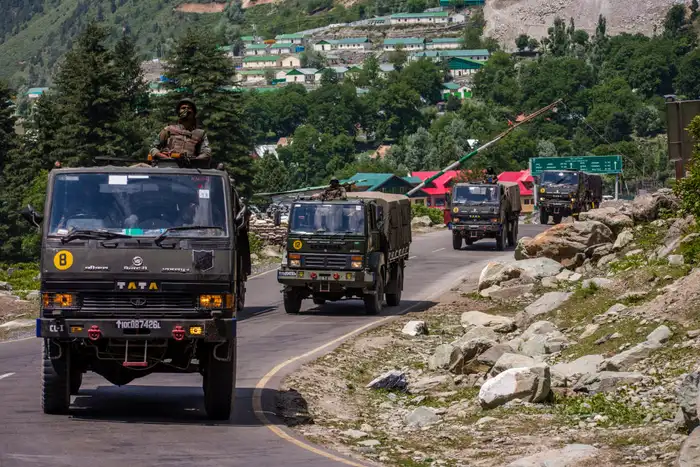
An Indian army convoy drives towards Leh, on a highway bordering China.
“This explains why it remains part of multilateral groupings with contradictory goals,” said Praveen Donthi, a South Asia analyst with the International Crisis Group in Washington, DC, pointing to both its membership of the US-aligned Quad and China-dominated BRIC group.
The truce comes with China on the back foot diplomatically, said Panda, pointing to its damaged relations with Europe and the US after its support for Russia’s invasion of Ukraine.
“One could draw a conclusion at this point that probably the Chinese are more interested to rebuild the ties with India than the other way round,” said Panda.
He said there’s also the possibility that Xi has reached an agreement with Modi behind the scenes for India to remain silent if China acts on its longstanding ambition to seize back control of Taiwan.
Such a move would likely draw in the US and its other regional allies, who have pledged to help defend Taiwan’s independence.
“I think China’s bigger ambition and target is the Taiwan issue, and therefore they would not really like to continue the kind of tensions they were engaged in with India for the last three to four years,” he said.
“Therefore, they would like to rebuild, and they would like to ensure that India does not react to the Taiwan issue so sensitively.”
In any case, its a setback in US attempts to include India in a deeper security alliance, he said.
“For a long time, the US has tried to develop security and defense ties with India,” said Panda.
For the time being, a truce suits both Russian and Chinese interests, Rahul Bhatia, an analyst at the Eurasia Group, said. But, he added, tensions remain.
He said that though both parties have opened discussions about the border dispute, the underlying problem remains unresolved, and future flare-ups are likely.
Donthi said the progress between the leaders could also be derailed if tensions between the US and China increase.
“This comes as a relief after four years of eyeball-to-eyeball troop deployment in the Himalayas. However, it’s only the beginning,” he said.

